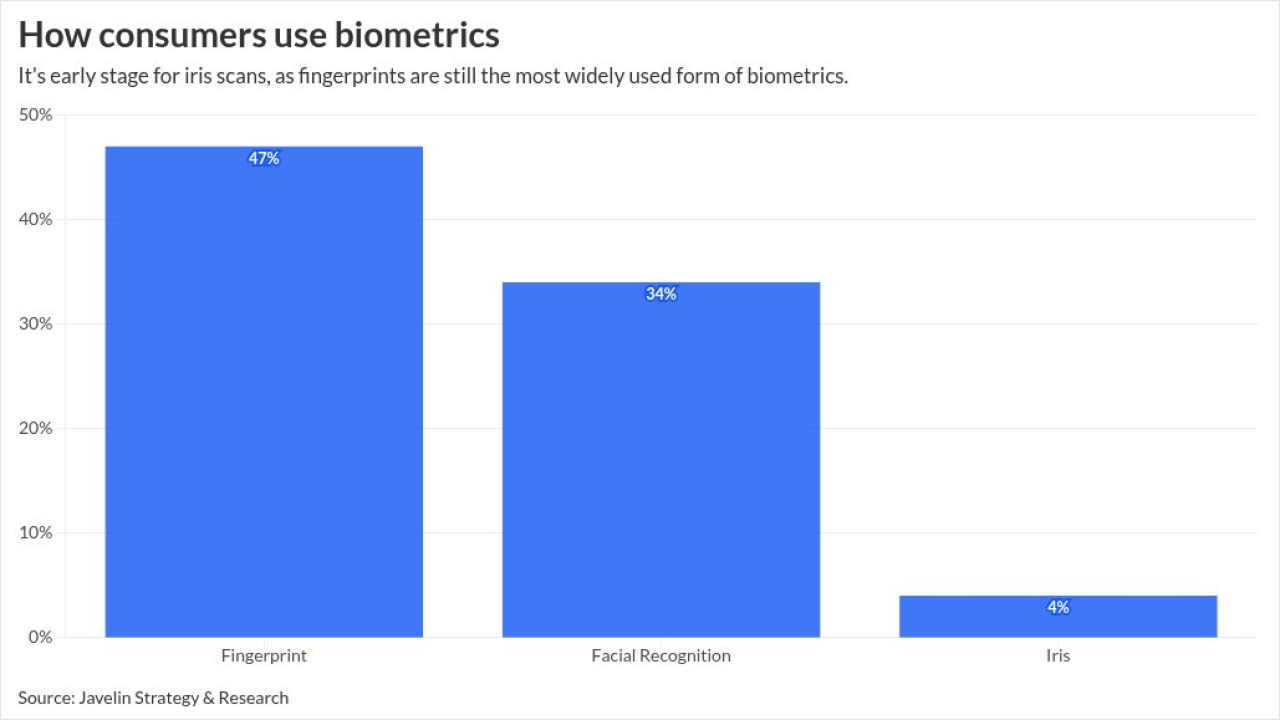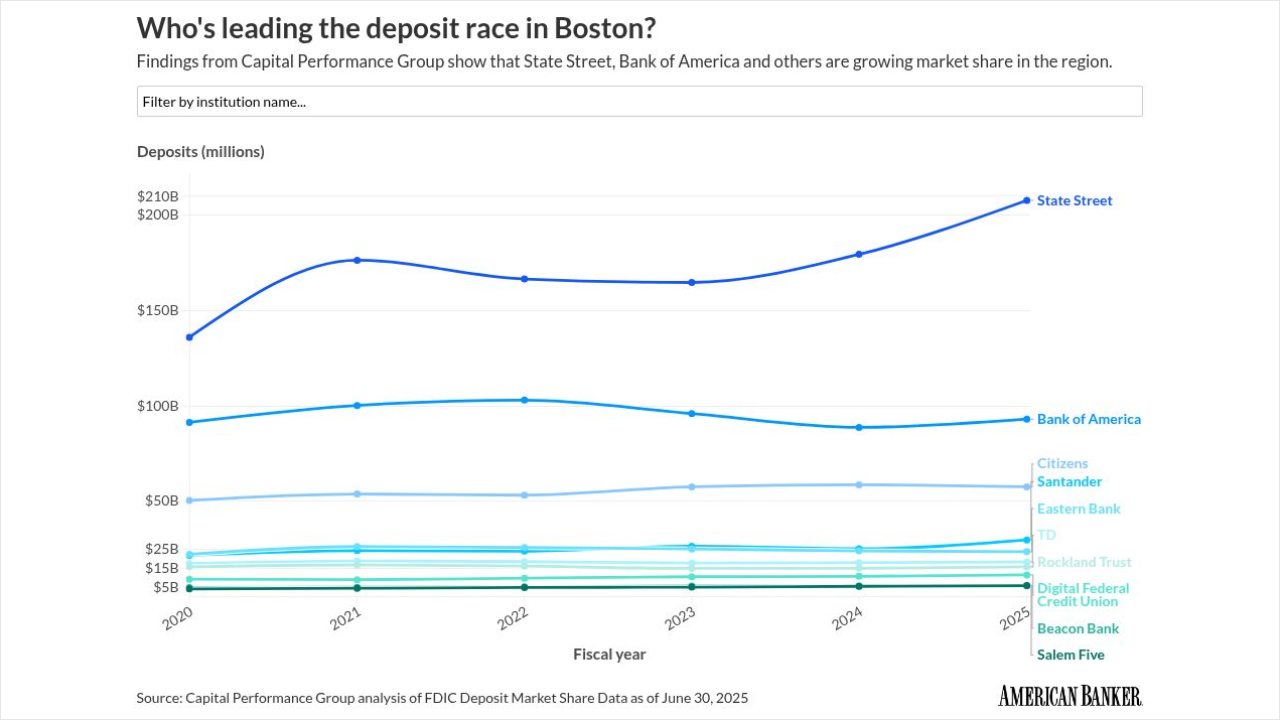
In the race to digitize banking, too many institutions have been quick to dismiss
The future of banking will not be built on digital alone. It will be defined by how seamlessly digital and human touchpoints come together to deliver trust, connection and community relevance. In this equation, the branch remains irreplaceable — not because of nostalgia, but because of strategy.
Retail branches are no longer transaction counters. When designed with intent, they become experience hubs — places where financial literacy is fostered, complex decisions are navigated and customer relationships are deepened. These are spaces where a frontline advisor still matters, where conversations around mortgages, retirement, and financial well-being unfold in person, grounded in empathy and nuance. No app can replicate that.
Globally, we are seeing a quiet reinvention. In markets as diverse as the U.K., India and the Middle East, leading banks are redesigning their branches as hybrid environments. Walk into a modern branch today and you might find paperless kiosks, video advisory booths and concierge-style service desks that blend tech convenience with human presence. These are not branches resisting the future; they are designing it.
But this transformation must be deliberate. It starts with redefining the role of the branch from a cost center to a trust center. This demands new metrics, moving beyond footfall and transaction counts to indicators like quality of advice, customer satisfaction and staff engagement. The best branches are no longer the busiest. They are the most trusted.
Technology, of course, is central. But so is context. In some regions, high self-service adoption supports a shift toward lighter branch formats. In others — especially rural, ageing or financially underserved communities — the branch remains the most important gateway to financial inclusion. A uniform, one-size-fits-all model simply doesn't work anymore. Banks must tailor their branch strategies based on demographics, behavioral data and the socioeconomic fabric of the areas they serve. Designing the future means designing it locally.
This localization is not a constraint — it is a competitive advantage. A well-placed branch in a working-class neighborhood can become a pillar of community trust. A digitally enhanced branch in a financial district can serve as a hub for small- and medium-size enterprise advisory and wealth management. A mobile branch in a rural belt can deliver financial literacy, microfinance and government-backed inclusion programs. Each model plays a role in a broader ecosystem of financial resilience.
The potential impact on environmental, social and governance, or ESG, goals is significant. Branches can serve as platforms for community education, promote green financial products and support social outcomes. They can act as access points for underserved groups — immigrants, seniors, small entrepreneurs — who may find digital-only channels inaccessible. In this sense, branches advance not just strategy, but equity.
Yet technology alone is insufficient without cultural alignment. If branches are to lead this next chapter, their success will depend on empowered people. Frontline staff are not just tellers — they are relationship managers, financial educators and brand ambassadors. Investing in their development through upskilling, recognition and digital training is not optional. It is essential. A branch cannot transform without transforming its people.
The pending sale of the branches in eastern Pennsylvania to a central New York-based bank comes amid Santander's planned closure of 18 branches this summer and its continued focus on building out a national digital bank.
This lesson is universal: Strategy becomes reality only when culture aligns with capability.
Of course, the economics must work. But those who view branch investments solely through a cost lens miss the wider picture. In an age of diminishing differentiation, branches offer something digital alone cannot: presence. Visibility. Connection. And when these are delivered with precision, they create a moat around customer trust that is very hard to replicate.
The regulatory context matters, too. In markets like the U.K. and U.S., policymakers are increasingly recognizing the value of maintaining access to cash, community banking and inclusive services. There is room here for new thinking — public-private collaboration, shared infrastructure models, even regulatory incentives for branches that deliver ESG and inclusion targets. This is not charity. It is smart economics.
As we look ahead, it is time to shift the conversation from whether branches have a future to how we will lead that future. For banks willing to reimagine, the branch can be a living system — digitally enabled, community rooted and continuously evolving. It is not an endpoint. It is an interface. Not a liability, but a lever.
In this moment of transformation, where trust is fragile and loyalty is fleeting, the institutions that will win are those that design holistically. That means combining technology with humanity, vision with empathy, and strategy with social conscience. It means understanding that designing the future of banking is not about choosing between digital and physical — it's about orchestrating both with purpose.
The branch is not a museum piece. It is a platform. And in the hands of forward-thinking leaders, it is ready to lead the next era.
This transformation is not merely a return to tradition. It is a bold reimagining of what presence, partnership and proximity mean in modern banking. As we redesign the branch, we also redefine the relationship between banks and society. The opportunity before us is to create spaces that are not only financially efficient but also emotionally resonant — where customers feel understood, communities feel supported and employees feel proud. This is the real essence of designing the future: to create systems that are human, adaptive and built to last. The future of the branch is not about survival — it is about significance.






